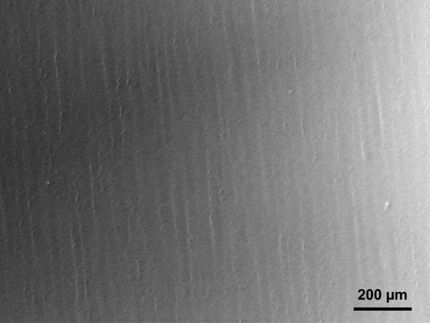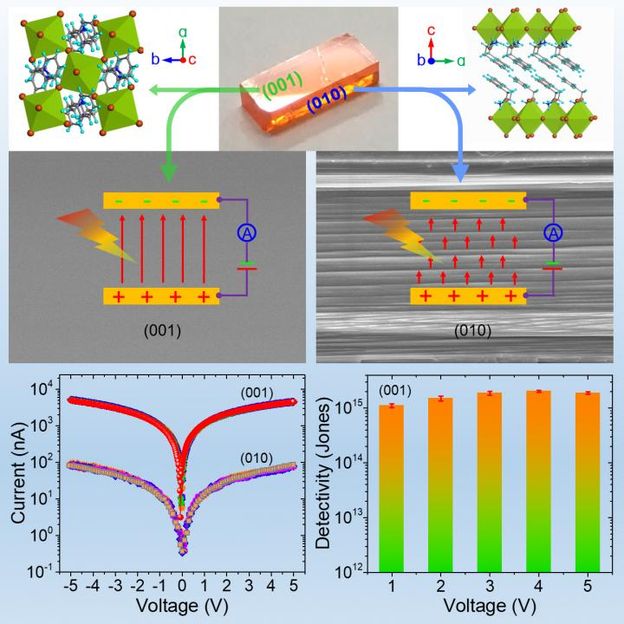A promising route to the scalable production of highly crystalline graphene films
Researchers discovered a procedure to restore defective graphene oxide structures that cause the material to display low carrier mobility. By applying a high-temperature reduction treatment in an ethanol environment, defective structures were restored, leading to the formation of a highly crystalline graphene film with excellent band-like transport. These findings are expected to come into use in scalable production techniques of highly crystalline graphene films.

Transmission electron microscope images observed from the reduced graphene oxide films prepared by ethanol treatment at (a) 900ºC and (b) 1100ºC. For the high temperature treatment, the periodic bright spots are observed in the reduced graphene oxide films. This means that the crystallinity of the reduced graphene oxide is efficiently improved by high temperature treatment in ethanol environment.
Osaka University
Graphene is a material with excellent electric conductivity, mechanical strength, chemical stability, and a large surface area. Its structure consists of a one-atom-thick layer of carbon atoms. Due to its positive attributes, research on its synthesis and application to electronic devices is being conducted around the world. While it is possible to create graphene from graphene oxide (GO), a material produced by chemical exfoliation from graphite through oxidative treatment, this treatment causes defective structures and the existence of oxygen-containing groups, causing GO to display low conducting properties. So far, carrier mobility, the basic indicator with which transistor performance is expressed, remained at a few cm2/Vs at most. A group of researchers led by Ryota Negishi, assistant professor, and Yoshihiro Kobayashi, professor, Graduate School of Engineering, Osaka University; Masashi Akabori, associate professor, Japan Advanced Institute of Science and Technology; Takahiro Ito, associate professor, Graduate School of Engineering, Nagoya University; and Yoshio Watanabe, Vice Director, Aichi Synchrotron Radiation Center, have developed a reduction treatment through which the crystallinity of GO was drastically improved.
The researchers coated a substrate with 1-3 extremely thin layers of GO and added a small amount of ethanol to the up to 1100°C high temperature reduction process. The addition of the carbon-based ethanol gas led to the effective restoration of the defective graphene structure. For the first time in the world, this group managed to observe a band-like transport reflecting the intrinsic electric transport properties in chemically reduced GO films. Band-like transport is a conduction mechanism in which the carriers use the periodic electric mechanisms in solid crystals as a transmission wave. The observed band transport in this study achieved a carrier mobility of ~210 cm 2 /Vs, currently the highest level observed in chemically reduced GO films.
The successful creation of thin graphene films achieved through the above reduction method has opened up the possibility of their application in a diverse set of electronic devices and sensors. The findings of this research group form a milestone in the development of scalable materials that utilize graphene's excellent physical properties.
Original publication
Other news from the department science

Get the chemical industry in your inbox
By submitting this form you agree that LUMITOS AG will send you the newsletter(s) selected above by email. Your data will not be passed on to third parties. Your data will be stored and processed in accordance with our data protection regulations. LUMITOS may contact you by email for the purpose of advertising or market and opinion surveys. You can revoke your consent at any time without giving reasons to LUMITOS AG, Ernst-Augustin-Str. 2, 12489 Berlin, Germany or by e-mail at revoke@lumitos.com with effect for the future. In addition, each email contains a link to unsubscribe from the corresponding newsletter.



























































